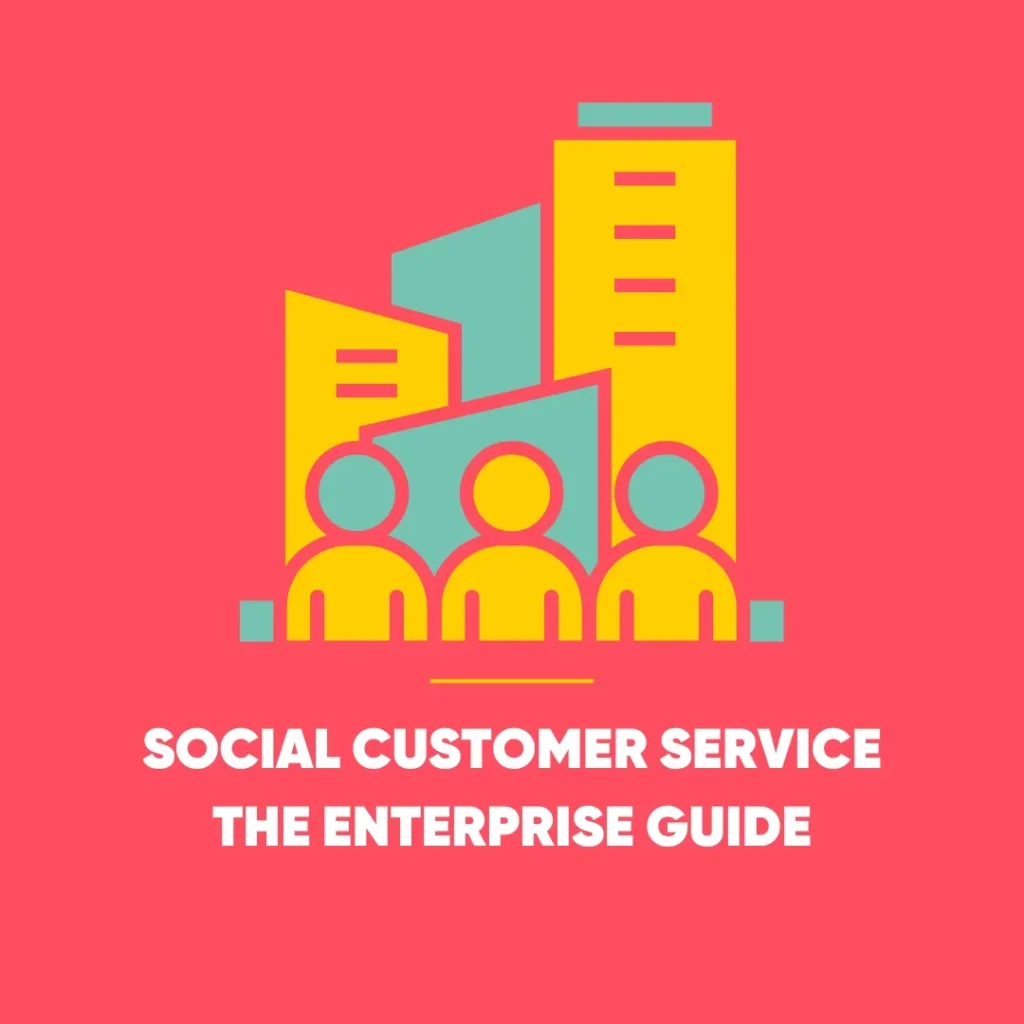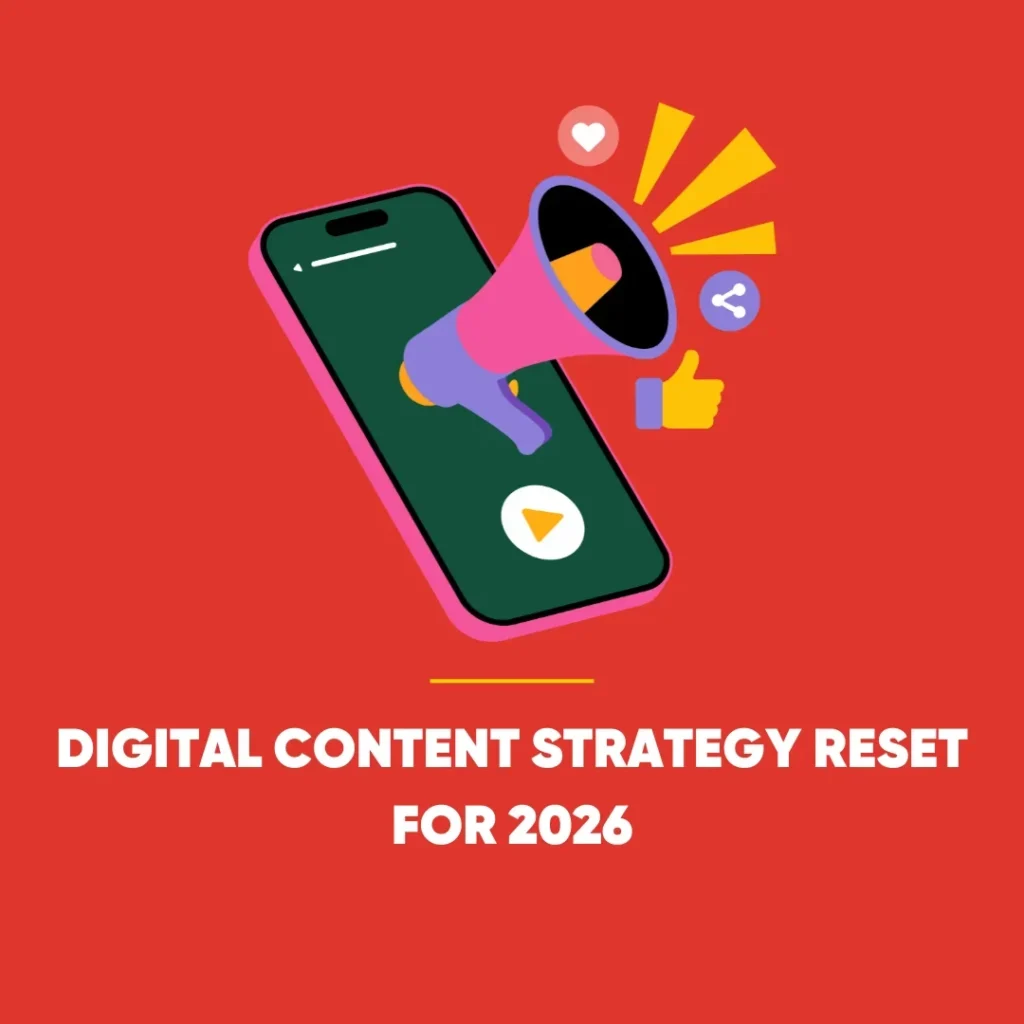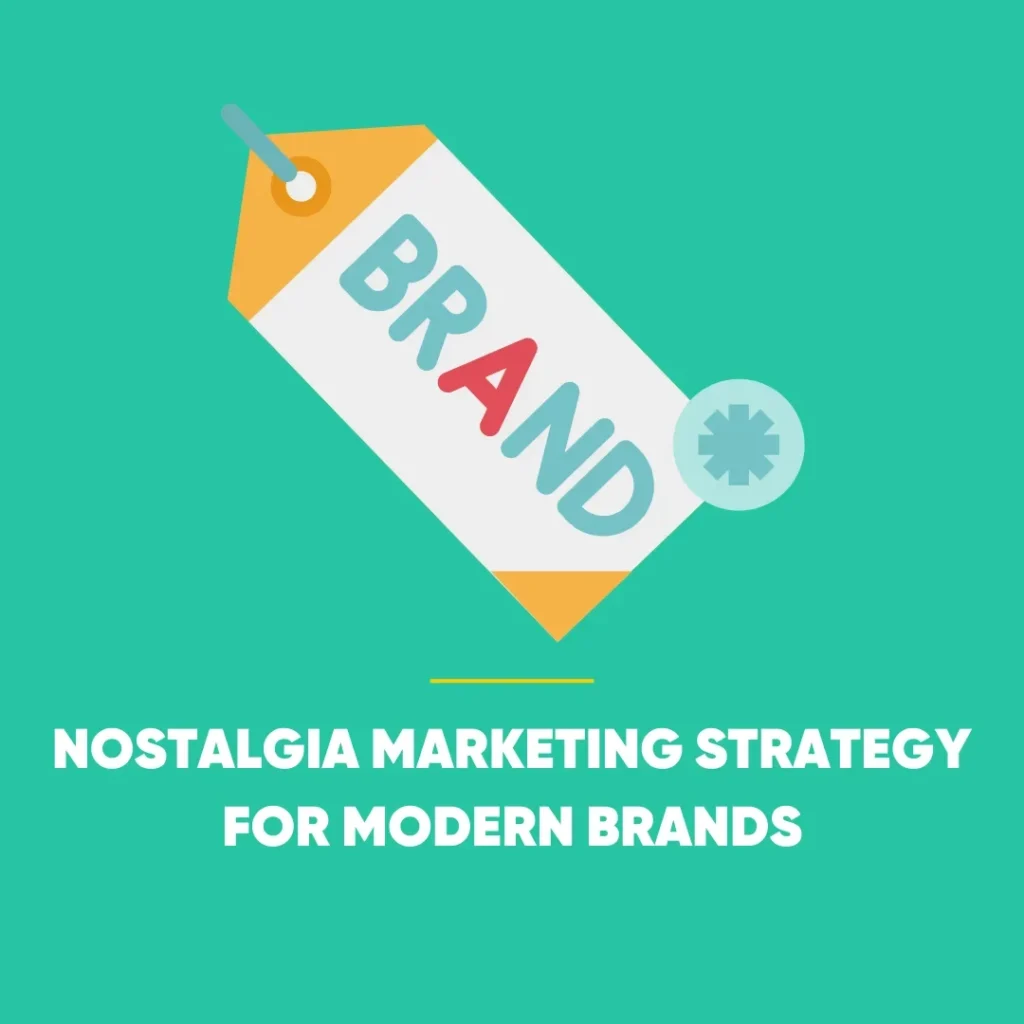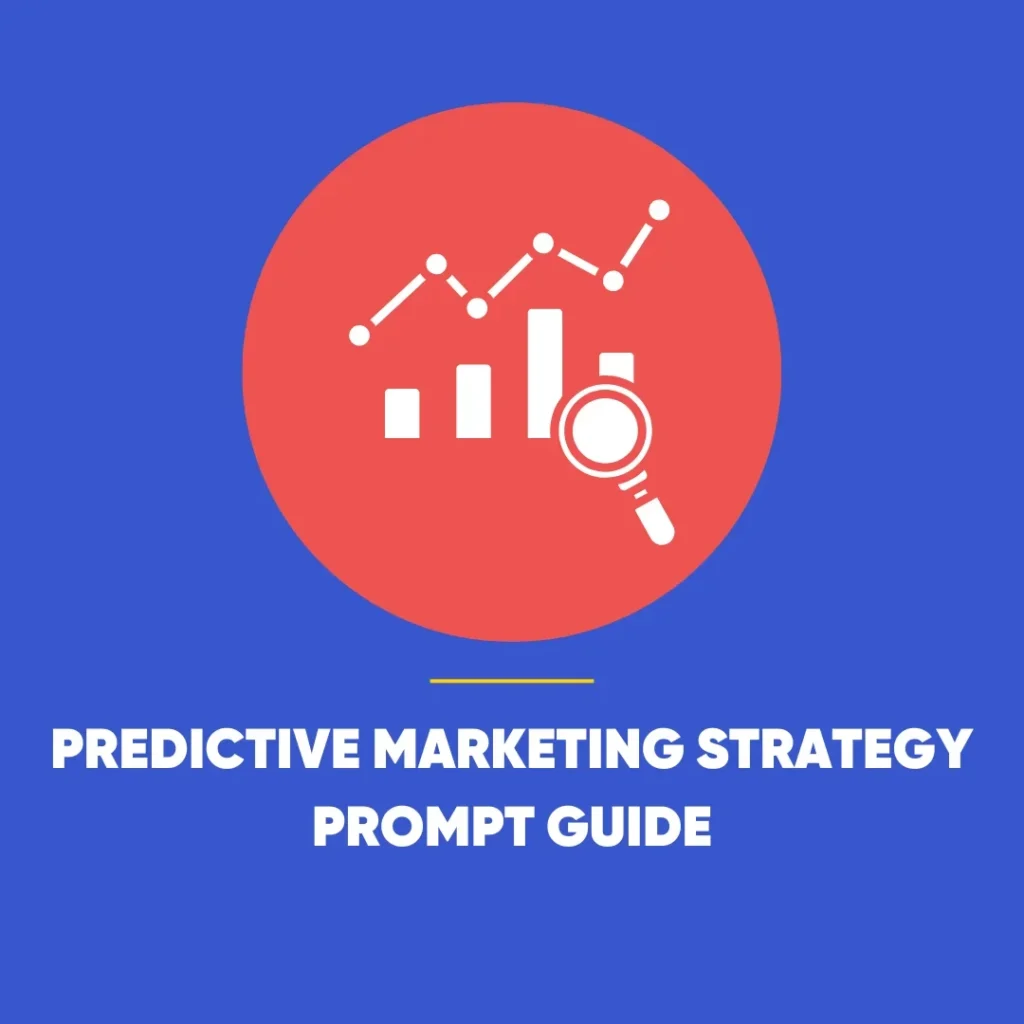Optimising Digital Marketing: Crafting an Effective Guide
In today’s competitive online landscape, optimising digital marketing is essential for driving business growth and enhancing customer engagement. A well-developed strategy helps you expand your reach and, consequently, solidify your presence across various digital platforms. However, different strategies offer distinct advantages and come with their own set of limitations and return on investment (ROI). Consequently, this guide will delve into specific examples and provide a roadmap for creating a robust digital marketing strategy that yields measurable results.
What is a Digital Marketing Strategy?
Digital Marketing Strategy vs. Marketing Tactics
A digital marketing strategy is a comprehensive plan designed to guide you towards achieving your marketing goals and, subsequently, converting prospects into paying customers. In fact, it serves as a blueprint outlining how to reach your target audience effectively. This strategy encompasses several elements, including:
- Defining your target audience
- Setting clear marketing objectives
- Choosing the right digital channels
- Allocating resources efficiently
Conversely, marketing tactics are the specific actions taken to implement the strategy. Examples of tactics include:
- Writing blog posts
- Engaging with customers on social media
- Sending promotional emails
- Designing and running advertisements
Digital Marketing Strategy vs. Marketing Campaign
While a marketing strategy provides the overarching plan for achieving your business objectives, a marketing campaign focuses on a specific goal within that strategy. A campaign is typically time-bound and aims to accomplish particular objectives, such as:
- Promoting a new product
- Generating traffic to a website
- Targeting a new customer segment
Additionally, a campaign is a component of the broader optimising digital marketing strategy and operates within its framework, often with a defined start and end date.
Types of Digital Marketing Strategies
Indeed, there are numerous digital marketing strategies available, each with its own strengths. For instance, here are eleven effective strategies you might consider:
1. Inbound Marketing
Inbound marketing is an approach focused on attracting, engaging, and delighting customers through valuable content and interactions; consequently, it builds stronger relationships with your audience. It encompasses:
- Content Marketing: Specifically, creating and sharing valuable content like blog posts, infographics, and videos.
- Email Marketing: Sending targeted emails to nurture leads and build relationships.
- Lead Nurturing: Guiding potential customers through the sales funnel with personalised content, therefore, enhances their journey and increases conversion rates.
- SEO (Search Engine Optimisation): Optimising your website and content to rank higher in search engine results.
- Marketing Automation: Consequently, using software to automate repetitive marketing tasks streamlines processes and increases efficiency.
- Website Optimisation: Therefore, enhancing your website to improve user experience and conversion rates is crucial for achieving better results.
- Website Analytics: Tracking and analysing website data to make informed marketing decisions.
Why Implement Inbound Marketing?
- Cost-Effective: Inbound marketing is generally more affordable than traditional advertising methods and can offer a higher ROI.
- Builds Trust and Credibility: Consequently, by providing valuable content, you position your business as an industry expert, which in turn builds trust with potential customers.
- Fosters Relationships: Consequently, it focuses on creating long-term relationships, turning prospects into loyal customers.
2. Content Marketing
Content marketing involves creating and distributing valuable content to attract and engage your audience. Subsequently enhancing your efforts within the framework of optimising digital marketing. This strategy includes various forms of content, such as:
- Blog posts
- Videos
- Podcasts
- Infographics
- eBooks
- White papers
- Case studies
Why Use Content Marketing?
- Strengthens Customer Relationships: As a result, regularly publishing helpful content builds trust and encourages prospects to choose your brand over competitors.
- Enhances SEO: Quality content improves your website’s SEO, driving more organic traffic.
- Establishes Brand Authority: Consequently, by producing valuable content, you position your business as an authoritative source in your industry.
3. Account-Based Marketing (ABM)
ABM is a B2B marketing strategy within optimising digital marketing that targets specific accounts; therefore, it is crucial to your business. Therefore, it ensures a highly focused approach to securing valuable clients. It involves:
- Personalisation: As a result, crafting tailored messages for selected accounts based on their needs enhances engagement and relevance.
- Collaboration: Aligning sales and marketing teams to design and execute campaigns for target accounts.
- Shortened Sales Cycles: Accelerating the sales process by nurturing all key stakeholders simultaneously.
Why Choose ABM?
- Highly Personalised: Tailored content and messaging resonate more with targeted accounts.
- Encourages Teamwork: Additionally, it promotes cooperation between sales and marketing teams.
- Accelerates Sales: Speeds up the decision-making process by addressing the needs of all decision-makers.
4. Search Engine Optimisation (SEO)
SEO involves optimising your website and content, and therefore integrates into a comprehensive digital marketing strategy. Consequently, this approach helps achieve higher rankings in search engine results Key tactics include:
- Creating High-Quality Content: Developing content that provides value and answers user queries.
- Keyword Optimisation: Incorporating relevant keywords to match user search intent.
- Meta Information: Using meta titles and descriptions to enhance search visibility.
- Website Optimisation: Ensuring your site is user-friendly and fast-loading.
Why Implement SEO?
- Improves Conversion Rates: As a result, a well-optimised site attracts more relevant visitors, leading to higher conversion rates.
- Boosts Brand Awareness: High search rankings increase brand visibility and trust.
- Provides Long-Term Benefits: As a result, quality content continues to attract visitors over time without ongoing costs.
5. Social Media Marketing
Social media marketing leverages platforms like Facebook, Twitter, LinkedIn, and Instagram to, consequently, build brand awareness and foster customer engagement:
- Promote Content: Share valuable content and updates.
- Increase Brand Visibility: Enhance your brand’s presence and reach.
- Engage with Customers: Interact with your audience and build a community.
- Drive Website Traffic: Use social media to direct users to your site.
Why Use Social Media Marketing?
- Cost-Effective: Social media offers affordable advertising options and can reach a broad audience.
- Additionally, it enhances audience interaction by engaging users who spend considerable time on social media.
- Builds Brand Loyalty: Positive social media experiences can lead to higher brand recommendation rates.
6. Email Marketing
Email marketing is a strategy within optimising digital marketing. Specifically, it involves sending promotional and informative messages to your audience. It can be used to:
- Drive Website Traffic: Include links to your site in email content.
- Cost-Effective: Generally less expensive than other marketing methods.
- Deliver Targeted Messages: Segment your email list to provide personalised content.
Why Choose Email Marketing?
- Boosts Traffic: Encourages users to visit your website through embedded links.
- Budget-Friendly: Often more affordable compared to other marketing strategies.
- Personalised Communication: Consequently, it targets users who have opted in, ensuring they are receptive to your messages.
7. Pay-Per-Click (PPC) Advertising
Specifically, pay-per-click (PPC) advertising involves paying for each click on your online ads, typically through platforms like Google Ads or Bing Ads. It includes:
- Ad Creation: Designing ads to attract users.
- Landing Pages: Creating dedicated pages to convert visitors from ads.
- Bid Management: Setting bids for ad placements.
Why Use PPC Advertising?
- Trackable Results: Provides detailed metrics on ad performance and ROI.
- Controlled Spend: Allows you to manage and adjust your budget as needed.
- Immediate Results: Generates traffic and leads quickly compared to organic methods.
8. Video Marketing
Video marketing uses videos to promote your brand, products, or services. Thus, it fits within the broader framework of optimising digital marketing to enhance your overall strategy. This includes:
- Product Demonstrations: Showcasing how your product works.
- Customer Testimonials: Featuring positive reviews from satisfied customers.
- How-To Videos: Providing educational content related to your industry.
Why Implement Video Marketing?
- Enhances SEO: Videos improve search rankings and increase site visibility.
- Boosts Conversion Rates: Videos can increase conversion rates significantly.
- Strengthens Brand Association: Engaging videos foster stronger brand connections.
9. Online and In-Person Events
Moreover, events are a powerful way to create buzz and engage with your audience. This can include:
- Product Launches: Hosting events to unveil new products.
- Trade Shows: Participating in industry-specific events to showcase your offerings.
- Webinars: Conducting online seminars to share expertise and generate leads.
Why Host Events?
- Builds Anticipation: Pre-event promotions generate interest and excitement.
- Showcases Products: Focused events allow you to highlight key features and benefits.
- Encourages Interaction: Engages attendees directly, fostering conversation and feedback.
10. Chatbot and Live Chat Marketing
Furthermore, chatbots and live chat tools enhance customer service and marketing efforts. They can be used to:
- Answer Queries: Provide instant responses to customer questions.
- Handle Complaints: Resolve issues quickly and efficiently.
- Promote Events: Inform users about upcoming events and offers.
Why Use Chatbots?
- Quick Responses: Provide immediate answers to user queries.
- Enhances Customer Experience: Improves user satisfaction by offering timely support.
- Facilitates Sales: Chatbots can assist in the purchasing process and explore customer preferences.
11. Earned Media
Earned media, for instance, refers to coverage your business receives from third-party sources without direct payment. This can include:
- PR and News Coverage: Gaining media attention through press releases or newsjacking.
- Guest Blogging: Contributing content to other sites to build credibility.
- Influencer Endorsements: Receiving mentions or reviews from influencers.
Why Pursue Earned Media?
- Cost-Effective: It’s free once initial outreach efforts are completed.
- Scalable: Suitable for various budgets and campaign sizes.
- Boosts SEO: Securing backlinks from reputable sources improves your site’s authority.
Building Your Digital Marketing Strategy
To begin with, creating a successful optimising digital marketing strategy involves several critical steps:
1. Define Your Goals
To begin with, set clear and measurable goals that are aligned with your business objectives. Examples include:
- Increasing website traffic by 25% in six months
- Generating 100 new leads per month
- Achieving a 5% conversion rate on your landing pages
2. Understand Your Target Audience
To illustrate, conduct research to identify your ideal customers, including their demographics, interests, and online behaviours. Then, use this information to tailor your optimising digital marketing efforts and choose the right channels.
3. Conduct a Competitive Analysis
Additionally, analyse your competitors to understand their strengths and weaknesses. Consequently, identify opportunities where you can differentiate yourself and address gaps in their strategies.
4. Develop Your Content Strategy
Firstly, create a content plan that outlines the types of content you will produce, the platforms you will use, and the frequency of publishing. Additionally, ensure your content resonates with your target audience and supports your goals.
5. Choose Your Channels
Select the digital channels that best align with your audience and goals, thereby ensuring your marketing efforts are effectively targeted. For example, consider using a combination of channels to maximise your reach, including:
- Social media platforms (Facebook, Instagram, LinkedIn)
- Search engines (Google, Bing)
- Email marketing
- Content distribution networks
6. Allocate Your Budget
Additionally, determine your budget for each optimising digital marketing channel and tactic. All in all, allocate resources based on potential ROI and effectiveness.
7. Implement and Monitor
Launch your digital marketing strategy and regularly monitor its performance. Use analytics tools to track key metrics, such as website traffic, conversion rates, and social media engagement.
8. Optimise and Adjust
Additionally, based on your performance data, make adjustments to your strategy as needed. Moreover, continuously refine your approach to improve results and achieve your goals.
Conclusion:
In summary, an effective optimising digital marketing strategy is essential for driving growth and achieving business objectives. By understanding the different types of strategies available and following a structured approach to implementation, you can create a comprehensive plan that maximises your online presence and delivers tangible results. Furthermore, regular monitoring and optimisation will ensure your strategy remains effective and aligned with your evolving business goals.
Find out more about what’s happening within the digital marketing in our blog column.









